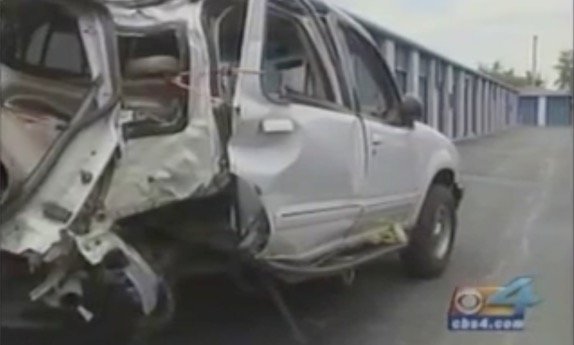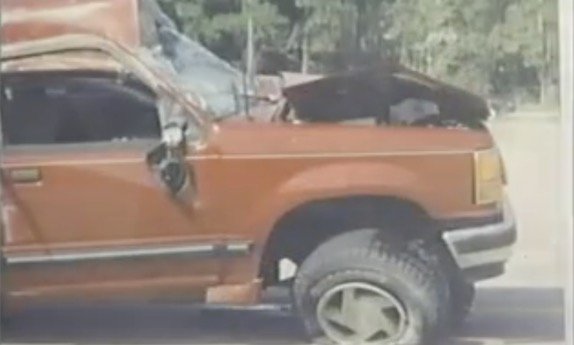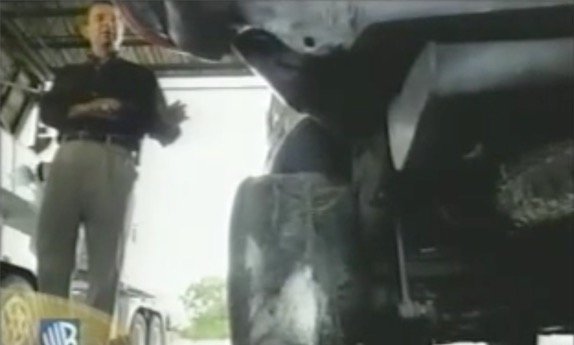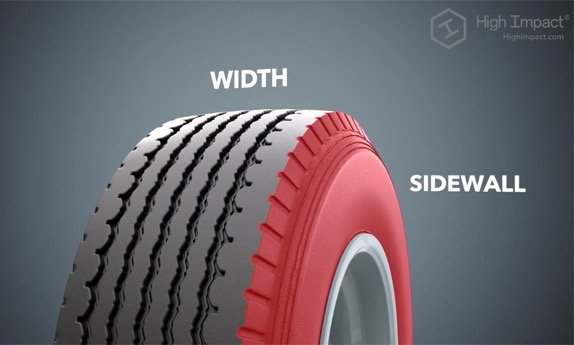Tire Defects
Tires can be defective in a number of different ways. Product defects generally fall into one of three categories: design defects; manufacturing defects; and inadequate warnings or instructions for the product’s safe use. Like other defective products, tire defects can fall into these three categories, as well. Learn more about common tire defects and dangers below. If you were injured in a car accident that you think may be tire-related, call Halpern Pinkert Santos at 877-529-6211 for a no-cost consultation on your potential claims. Our tire defect litigation attorneys travel the country and have achieved outstanding success against every major tire manufacturer in the U.S.
- ATV Tire Failure
- Defective Tire Recalls
- Motorcycle Tire Failure
- Old Tires & Tire Aging
- RV Tire Failure
- Tire Manufacturer Lawsuits
- Tire Safety Tips
- Tire Service Providers
- Truck Tires & Tire Failure Accidents
- Tire Defect FAQs
Tire Design Defects
The process for vulcanization of rubber began in the 1850’s, and pneumatic tires were invented a few decades later. Steel-belted radials are 70 years old and counting. Even today, tire makers continue to innovate and fiddle with design to achieve better performance and style, often developing tires for specific types of road surfaces, temperatures, speed, handling, etc. Regardless of how innovative a tire designer wishes to be, there are certain standards to which tire manufacturers must conform and certify their compliance. Failure to design tires in accordance with the Federal Motor Vehicle Safety Standards (FMVSS) can lead to tires which shred too easily, tend to blow out in a way that is particularly dangerous and causes loss of vehicle control, or which lead to tread separation due to failure to design with safety belts or other components.
Tire Manufacturing Defects
Quality tire production relies on tire builders who are adequately trained and supervised. Unfortunately, tire builders are often put on the assembly line for long shifts where they are pressured to deliver a certain number of tires every shift to meet their quota. This stressful system can lead to assembly line errors and manufacturing mistakes which put out a defective tire. Common tire manufacturing defects include tires that are built with outdated rubber, using a petroleum-based solvent before the rubber has been vulcanized, or curing errors that allow dirt, moisture or any number of foreign objects into the tire. Constant inspection and quality control are necessary to catch these errors and ensure a quality product. Sadly, internal inspections are often lacking, and tire companies have been known to actively mislead outside inspectors through various tricks rather than face a fine or be forced to change their practices.
Failure to Warn Defects
Once good tires are properly installed, their care and maintenance falls to the vehicle owner (and any maintenance or repair shops the owner goes to). Consumers need to have reliable information regarding the maintenance of their tire and its expected life. In their zeal to get you to purchase their tire, however, tire companies may make unreasonable statements in their marketing materials about the life of the tire, its lack of needed maintenance, and its performance and handling ability. Misrepresentations on product literature can lead a consumer to put the tire to an unsafe use or fail to realize when a tire needs to be replaced. Mistakes such as these are a form of defect recognized in product liability litigation.
Common Types of Dangerous Tire Defects
Tread or Belt Separation – Tread separation is actually the most common type of tire failure among steel-belted radials and can occur due to a defect in either the design or manufacture of the tire. There are many errors in the design or manufacturing process that can make a tire prone to belt separation. There are also many techniques – such as inserting wedges, cushions or safety belts – that tire manufacturers can employ to mitigate tread separation, but not all tire makers choose to take these basic safety measures. Tread failures or exposed belts can cause blowouts or loss of control of the vehicle, as well as rollover accidents, which can cause catastrophic injury or fatality to vehicle occupants.
Bead Failures – We all know it is important to keep our tires properly inflated and that underinflation can cause poor gas mileage or lead to a flat tire or blowout. But few people understand the dangers of over-inflation. Manufacturer recommendations for tire pressure apply to tires when they are brand-new and straight off the assembly line. After some period of road use, a tire filled to manufacturer recommendations may actually be overinflated. If the tire contains a defect in the bead wire, overfilling could cause the tire to explode, which can cause serious injury or even death.
Sidewall Failures – Also known as zipper failures due to the way the tire sidewall looks after it fails, a defect in the tire sidewall can cause the tire to explode while it is being inflated, again with the risk of serious injury or death to persons near the tire at the time.
Call the Tire Defect Attorneys who Understand Tire Accident Cases
Tire litigation cases are complex. Proving that a tire was defective and that the defect was instrumental in causing the car accident requires experience and expertise in tire litigation. At Halpern Santos Pinkert, our personal injury lawyers in Florida have litigated tire cases across the country against nearly every major tire manufacturer, with significant results. If you have been injured in a car accident and believe a tire defect may be to blame, call Halpern Santos Pinkert at 877-529-6211 for a no-cost, confidential consultation with a team of experienced, aggressive and successful tire defect attorneys.












